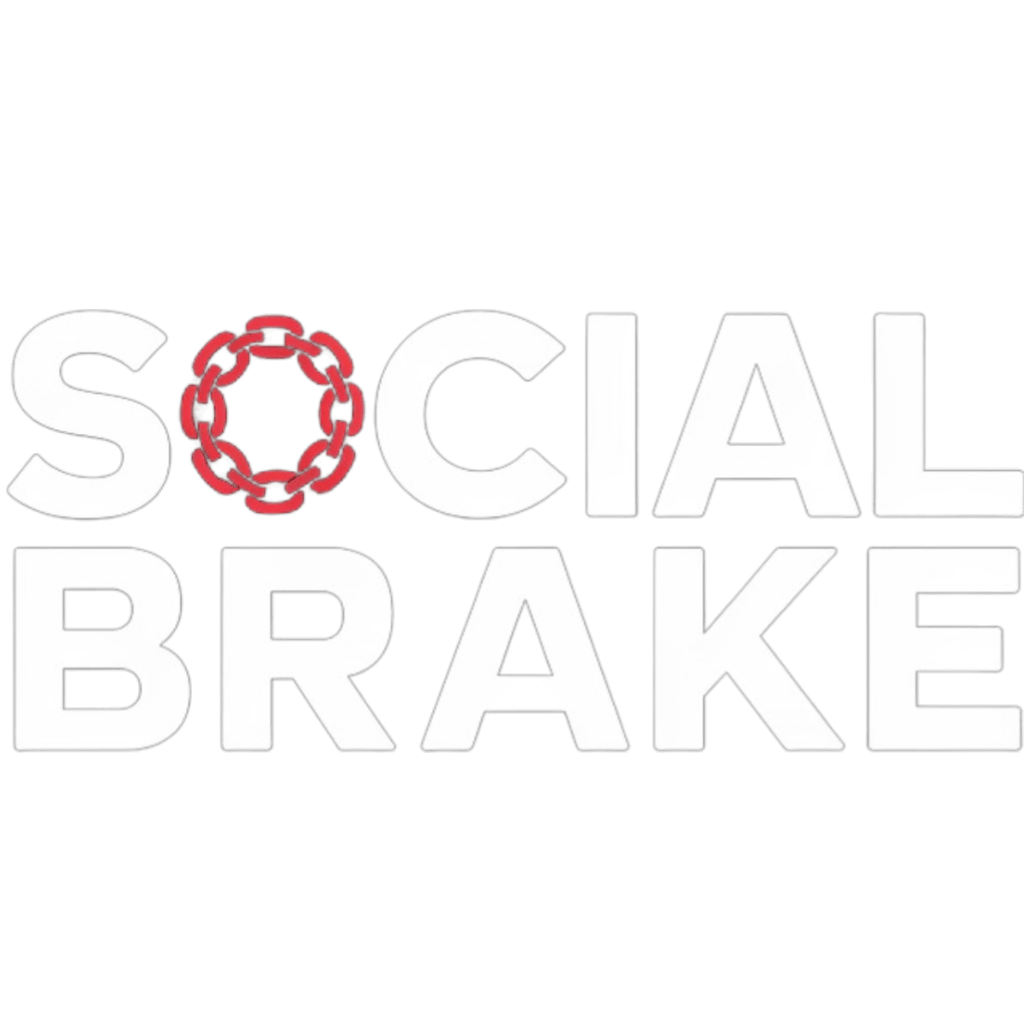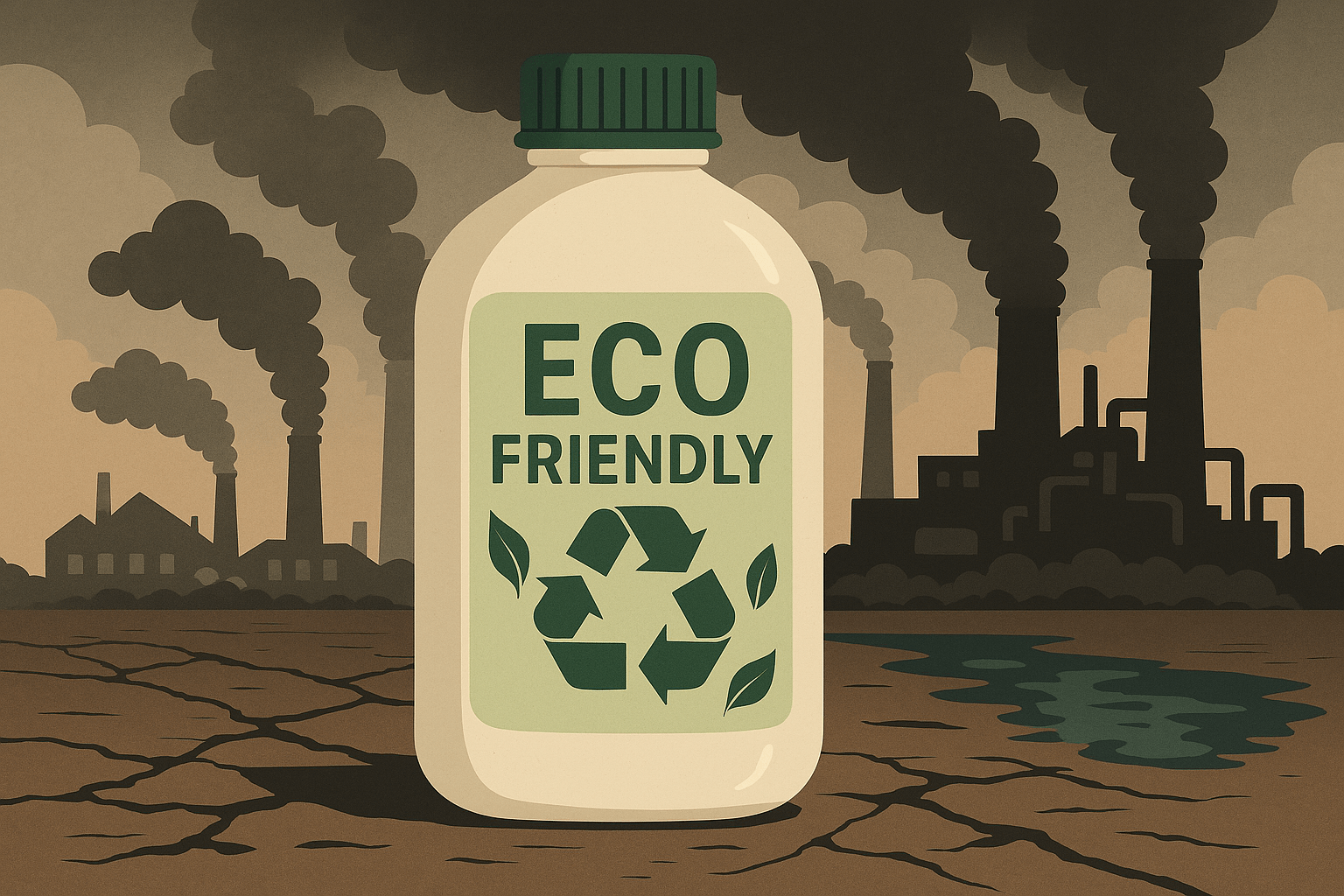Greenwashing: Are Brands Really Eco-Friendly?
Have you ever picked up a product labeled “eco-friendly” or “sustainable” and felt a little better about buying it? You’re not alone. In a world where climate change headlines dominate our newsfeeds, most of us are trying to make greener choices. But what if I told you some brands are using our good intentions against us?
Welcome to the world of greenwashing — where marketing meets manipulation.
What is Greenwashing, Exactly?
Greenwashing is when a company pretends to be environmentally friendly in its branding or advertising, but in reality, their actions don’t match the message. It’s like putting a green label on a plastic bottle and calling it a day.
These brands know we care. And they use that to sell us the idea of sustainability, even if their actual practices are harmful to the planet.
“Eco-Friendly” Isn’t Always What It Seems
Let’s break it down with a few real-world examples:
- A fast fashion brand drops a “Conscious Collection” made from recycled materials. But they’re still producing thousands of new clothes every week, underpaying workers, and contributing to textile waste.
- A bottled water company boasts about “plant-based plastic” — but their bottles still clog oceans and their factories drain local water sources.
- A cleaning product brand launches a “natural” line, yet their parent company is still a major polluter.
Greenwashing hides in plain sight — and it’s sneaky. It’s in vague buzzwords like “green,” “natural,” or “earth-friendly,” with no explanation or proof. It’s in the earthy packaging, the leaf logos, and the calming green tones that feel sustainable but don’t actually mean anything.
Why Should We Care?
Because it’s manipulative — and it slows down real progress.
When big brands greenwash, they not only mislead consumers but also drown out smaller companies that are actually doing the work. It becomes harder to trust anyone, and it makes sustainability feel like a marketing trend instead of a necessity.
Worse, it gives corporations a free pass to keep harming the environment while pretending they’re doing good.
How Can You Spot Greenwashing?
Here are a few ways to cut through the green noise:
- Look for certifications like Fair Trade, USDA Organic, B Corp, FSC, etc. — not just fancy labels.
- Do a quick background check on the brand. What are their actual practices? Do they share reports or goals?
- Check their parent company. Sometimes a small eco-brand is owned by a massive polluting conglomerate.
- Watch for vagueness. If they say “sustainable” but don’t explain how — that’s a red flag.
Let’s Hold Brands Accountable
The good news? We have power. The more we ask questions, challenge greenwashed messaging, and support genuinely sustainable businesses, the more pressure there is for brands to walk the talk.
Sustainability isn’t just a trend — it’s a responsibility. And we deserve better than empty promises wrapped in green.
Over to You:
Have you ever been tricked by greenwashing? What brands do you actually trust when it comes to sustainability? Let’s get the conversation going — drop your thoughts below 👇



